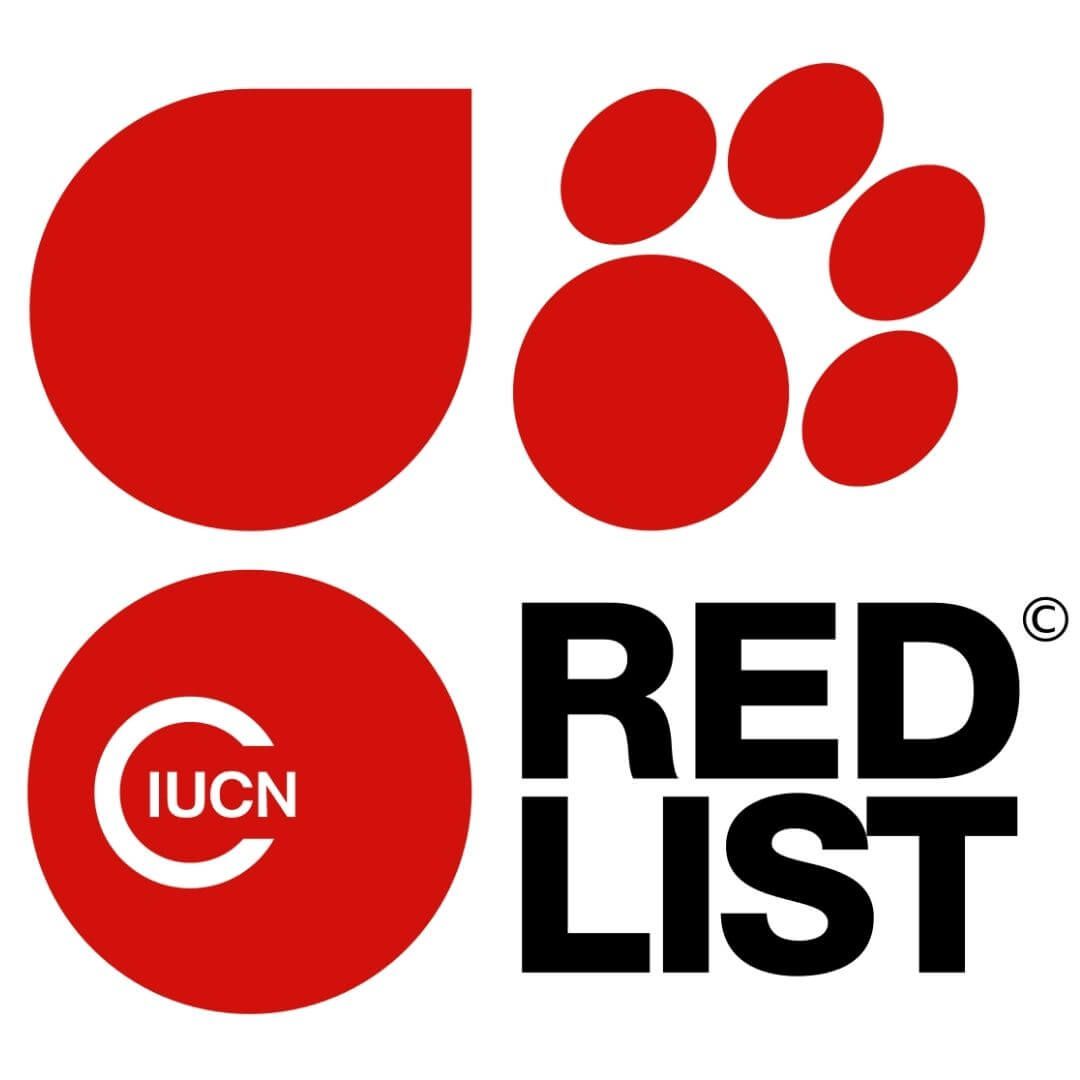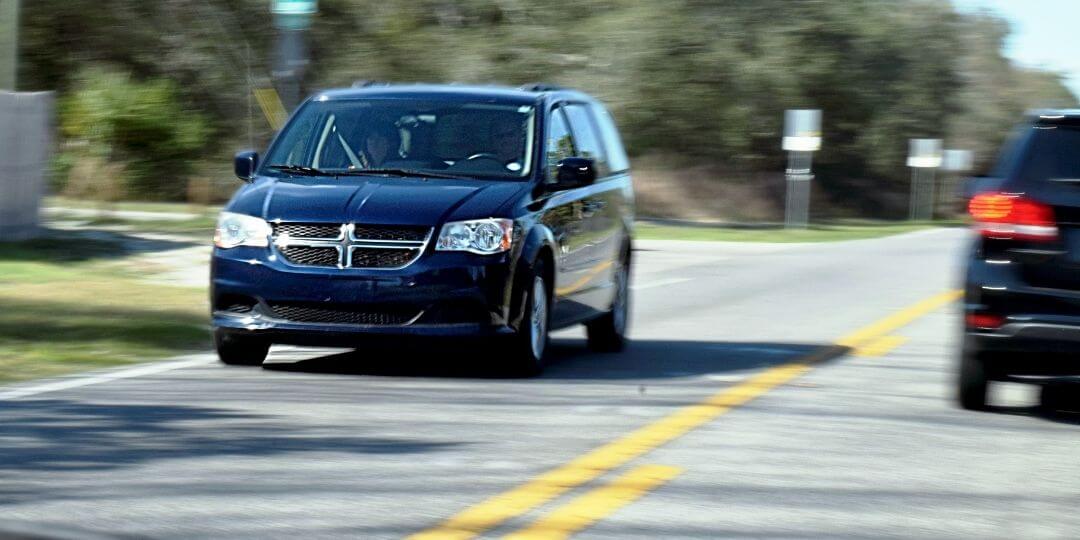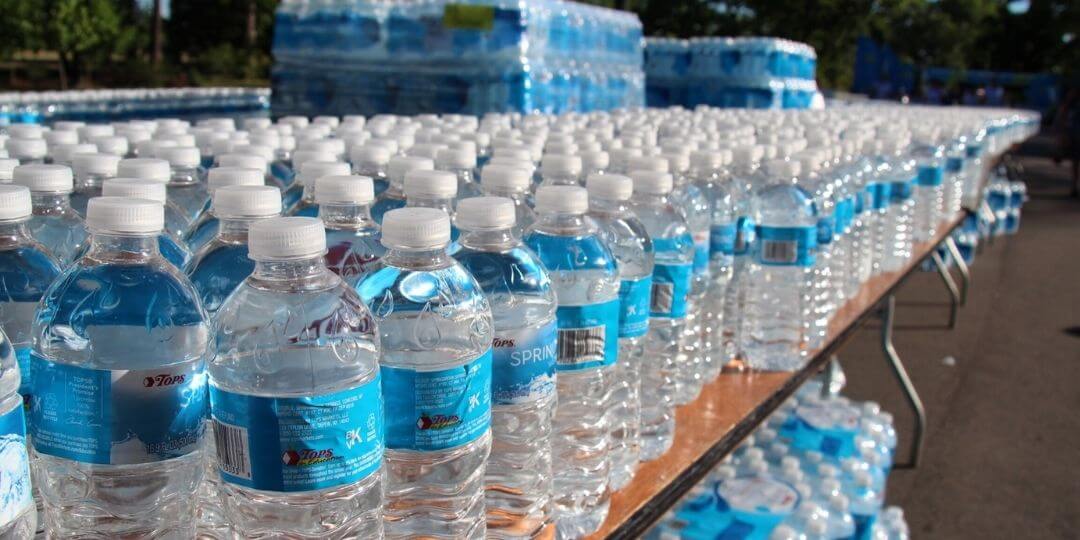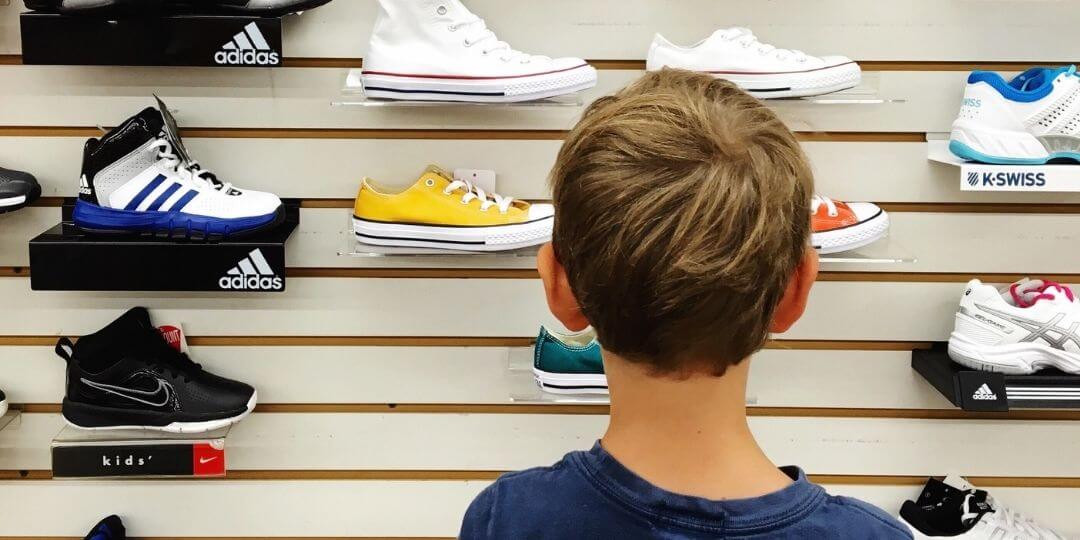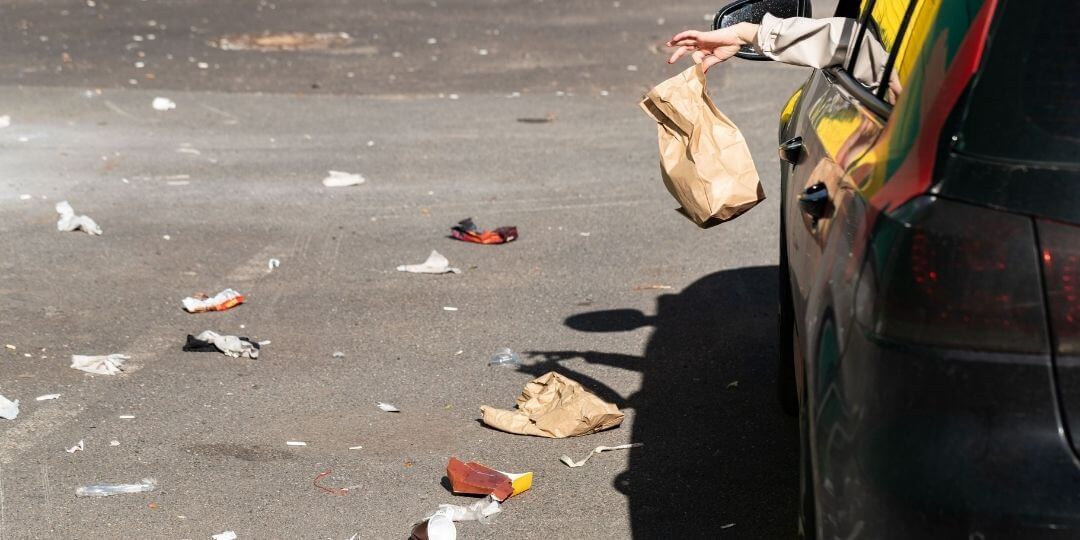Endangered Species
What Is an Endangered Species?
An endangered species is an organism that is at risk of extinction.
Animals can become endangered for many reasons. Sometimes the animal itself is threatened and, other times, their ecosystem or habitat is threatened. Often, it's both.
Some animals are more at risk for extinction than others, so scientists and the International Union for Conservation of Nature (IUCN) developed a way to classify them!
The International Union for Conservation of Nature
IUCN
The IUCN is an international group that works to identify and classify endangered species and the conservation actions that would be most helpful to those species!
Made up of both government and civil organizations, the IUCN works to collect and analyze data about thousands of species and educate local communities on conservation and sustainability.
Why Does It Matter How We Classify Animals?
Classifying animals helps us protect them! By knowing which animals are the most endangered (closest to extinction), we can focus our conservation efforts where they are needed most.
What Major Threats Do Animals Face?
HABITAT LOSS
One of the most common reasons animals become endangered is because their homes are being destroyed. As the human population grows, we need more space to live and grow food and we often get that space by destroying wild ecosystems. This means there are fewer places for wild animals to live!
Orangutans are only found on small islands off the coast of Southeast Asia and are quickly losing their forest home so humans can grow palm oil plants.
HUNTING OR POACHING
POLLUTION
INVASIVE SPECIES
CLIMATE CHANGE
Why Does It Matter If an Animal Goes Extinct?
Because every animal plays an important role in their habitat! We call these roles ECOSYSTEM SERVICES.
Check out these examples of ecosystem services.
Seed Dispersal
Animals like elephants, monkeys, and birds will partially digest seeds and drop them when they use the bathroom! This helps keep plant populations (that many animals depend on!) strong.
Clean-Up Crew
Sharks, vultures, and other scavengers are responsible for cleaning up dead animals around their ecosystem and preventing the spread of diseases!
Keep Populations in Check
Predators play an important role in keeping populations of herbivores in check. Without predators, herbivore populations would grow and overgraze the landscape!
Food Source
Prey species (from ants to gazelles to rabbits) provide an important food source for carnivores. Without them, carnivores would starve.
How YOU Can Help Endangered Species!
Reduce
We can reduce both the physical items we buy and the energy we use!
By avoiding products you don't need, you reduce the demand and the emissions created when the product is produced.
By turning off lights, taking shorter showers, and riding our bikes, we can reduce the amount of energy we use!
Reuse
Many items that we throw away can be reused in different ways!
You can find new and creative ways to use plastic food containers, cereal boxes, and even take-out containers.
Buying items from a secondhand store is also a great way to reuse items that would otherwise add to trash and pollution.
Recycle
One of the easiest ways to help endangered animals is by recycling!
Recycling minimizes the amount of garbage that ends up in the landfill and environment.
Recycling also allows new products to be made from used products, which means we don't need to use new resources!
Quiz
Sustainable Solutions
Many of the things we do every day are harmful to the environment and add to threats against endangered species. For each action below, identify how you could make it more sustainable!
CHALLENGE
Sustainable Changes
To help protect endangered species, we all need to make sustainable choices!
For this challenge, record one new sustainable choice you make every day for the next week. Make an effort to continue making these choices so you can live a sustainable life.
Looking for more amazing lessons?
Check out our EdZOOcating Adventures using the link below!

